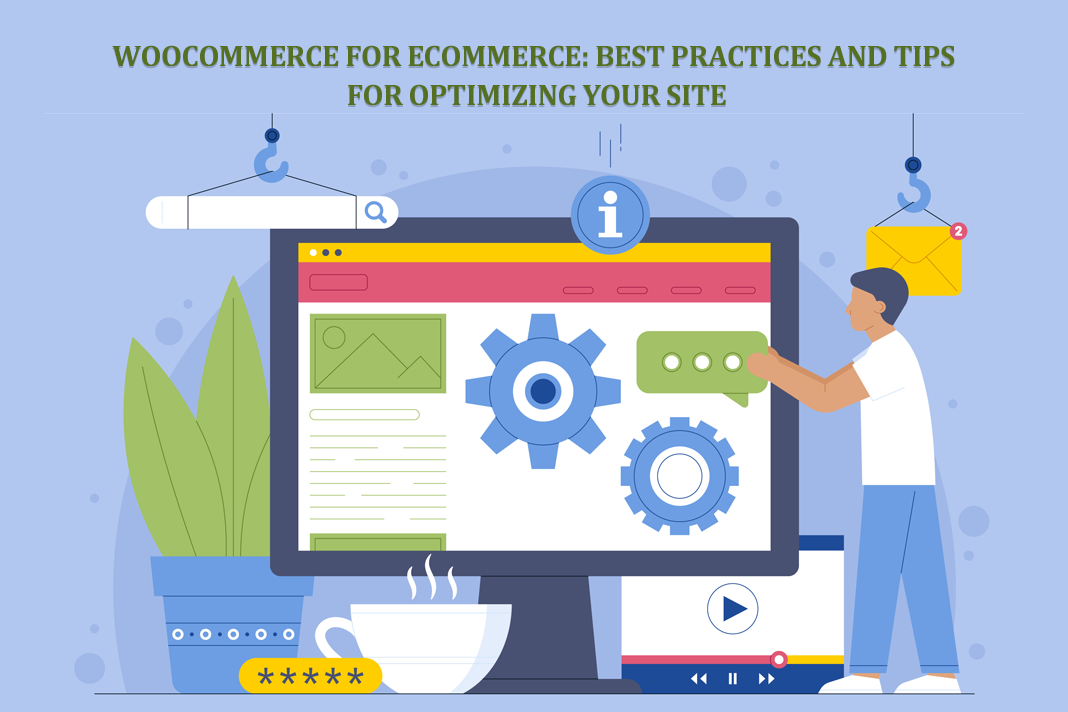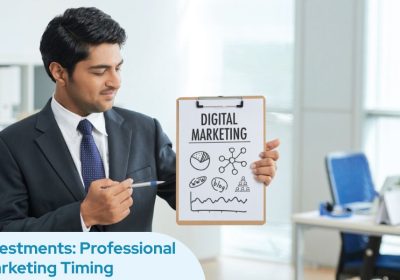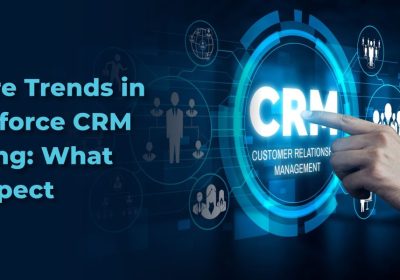
WooCommerce for eCommerce: Best Practices and Tips for Optimizing Your Site
Introduction
The landscape of eCommerce is booming, with businesses of all sizes setting up shop online. To tap into this ever-growing market, many entrepreneurs turn to WooCommerce, a powerful plugin for WordPress. WooCommerce seamlessly transforms your WordPress site into a fully functional online store with product listings, shopping carts, secure payment gateways, and inventory management tools.
A well-optimized eCommerce website drives sales and conversions just like a well-maintained storefront attracts more customers. Here’s where website optimization comes in. By implementing best practices in Search Engine Optimization (SEO), website performance, and user experience (UX), you can ensure your WooCommerce store is discoverable, fast-loading, and user-friendly – essential for eCommerce success.
This comprehensive guide will equip you with the knowledge and tools to optimize your WooCommerce store. So, let’s begin!
SEO for WooCommerce Stores
In this section, we’ll discuss SEO (Search Engine Optimization) for WooCommerce stores. SEO is vital for any eCommerce store. Let’s focus on this in more detail:
Keyword Research and Targeting
Imagine your ideal customer searching for a product you sell. What keywords would they use? Keyword research is the foundation of effective SEO, helping you understand the search terms people use to find products like yours. By strategically incorporating these keywords into your product pages and content, you increase your chances of appearing in relevant search results.
Here’s how to conduct keyword research for your WooCommerce store:
- Start with seed keywords
- Utilize free and paid keyword research tools
- Target long-tail keywords
On-Page Optimization
Once you have your target keywords, it’s time to optimize your product pages and content for search engines. This involves strategically placing keywords throughout your website while creating a user-friendly experience.
- Product Titles and Descriptions: Craft clear and concise product titles that include your target keywords at the beginning. Don’t forget the power of description! Write compelling product descriptions rich in relevant keywords that are informative and engaging for potential customers.
- Meta Descriptions: Meta descriptions are short snippets displayed under your website title in search results. Include a call to action and relevant keywords to entice users to click through.
- URLs: Instead of generic product IDs, use clear, descriptive URLs incorporating your target keywords. It improves readability and SEO.
- Header Tags and Content Structure: H1 tags are your main title, while H2 and H3 are subheadings. Use these tags strategically, incorporating relevant keywords for better organization and search engine understanding.
- Descriptive Images Speak Volumes: Don’t just rely on visuals! Use descriptive file names and alt text with relevant keywords for your product images. This helps search engines understand your images and improves accessibility for visually impaired users.
- Internal Linking: Strategically link relevant products and pages within your website. This improves user navigation, keeps visitors engaged, and helps search engines understand the structure and content of your site.
Technical SEO Considerations
Beyond on-page elements, a well-structured and mobile-friendly website is crucial for SEO success.
So, you need to maintain a clear and organized website structure with a logical hierarchy of pages and categories. It allows search engines to crawl and index your content efficiently. A fully responsive and flawlessly displayed website for all mobile devices will ensure you don’t lose a part of your customer base.
Equally important is submitting an XML sitemap. It is a file that lists all the essential pages on your website. Submitting your sitemap to search engines like Google and Bing helps them effectively discover and index your content.
Performance Optimization for WooCommerce Sites
Next, let’s focus on performance optimization for your WooCommerce store:
Website Speed
In the fast-paced world of eCommerce, website speed is king. Imagine a customer excitedly browsing your products, only to be met with a slow-loading website. Chances are, they’ll bounce and head to a competitor. Search engines prioritize fast-loading websites in search rankings. So, optimizing your WooCommerce store for speed is a win-win for both user experience and SEO.
Optimizing Images
Images are crucial to any eCommerce store, but large, unoptimized images can significantly slow down your website. You can fix this using tools or plugins to compress images without sacrificing quality. It reduces file size and improves loading times.
Also, you shouldn’t display a giant image when a smaller one will do! Resize your images to the appropriate dimensions for your website to minimize unnecessary data transfer.
Consider using a CDN to deliver your images and other static content. A CDN stores copies of your website’s files on servers worldwide, ensuring faster delivery for users regardless of location.
Caching
Caching stores frequently accessed website data on a user’s device, like product pages and images. This means the data doesn’t need to be downloaded every time the user visits the same page, resulting in a significantly faster browsing experience.
Code Optimization
While the inner workings of code might seem daunting, even minor tweaks can make a big difference. You can optimize your codes by minifying them, resulting in a smaller file size and faster loading times.
Additionally, you need to reduce HTTP requests. Every element on your website, from images to stylesheets, requires an HTTP request. Reducing the number of requests can improve website speed. Plugins can help identify and minimize unnecessary requests.
Choosing the Right Hosting Partner
Your website hosting provider plays a significant role in your website’s performance. Opt for a hosting plan optimized for WooCommerce that offers ample resources like bandwidth and storage. Look for providers with a strong reputation for uptime and speed. Managed WooCommerce hosting plans often include performance optimization features and expert support to keep your store running smoothly.
User Experience Optimization for WooCommerce Stores
Now, let’s explore ways to optimize user experience for WooCommerce stores:
Navigation
Just like a well-organized store helps customers find what they need, a user-friendly navigation menu is essential for a positive online shopping experience.
High-Quality Product Pages
High-quality product pages are the cornerstone of converting website visitors into paying customers. So, you should build your site’s visual appeal with high-resolution images. Moreover, consider using WooCommerce product videos for a truly immersive experience.
Streamlining the Checkout Process
A smooth and efficient checkout process is crucial for minimizing cart abandonment and maximizing conversions. For this, you can give your customers a guest checkout option, provide a variety of secure payment gateway options, and offer clear order tracking information. All of this will contribute towards a better user experience.
Building Trust and Credibility
Building trust with your customers is essential for long-term success. You can establish credibility by displaying clear contact information and customer support and showcasing security badges from trusted payment processors to reassure customers about the safety of their financial information.
Conclusion
By implementing the SEO, performance, and user experience optimization strategies outlined in this guide, you’ve equipped your WooCommerce store with the tools it needs to thrive in the competitive world of eCommerce. Remember, optimization is an ongoing process. Regularly monitor your website’s performance, user behavior, and search engine rankings to identify areas for improvement. Utilize the vast WooCommerce resources, including plugins, documentation, and online communities. As your business grows, explore plugins like WooCommerce Private Store to cater to specific customer segments.
By continuously optimizing your store, you’ll ensure a smooth and rewarding online shopping experience for your customers, ultimately leading to increased sales and long-term success for your business.






